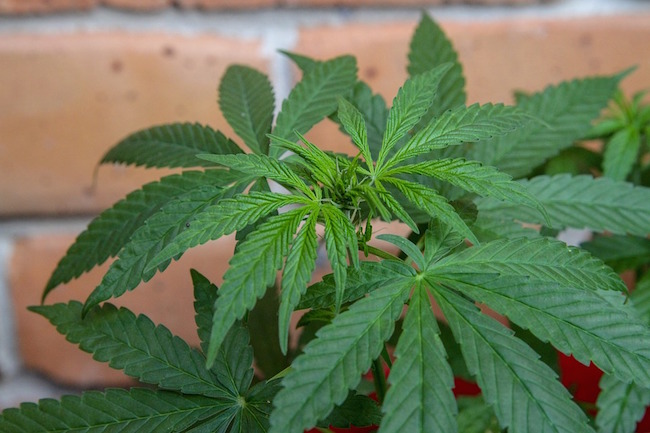Cannabis provides strong pain relief by Dr. Joseph Mercola for Mercola
Cannabis (Cannabis sativa L.) has been the topic of a lot of discussion in the U.S., not just in recent decades but for more than a century. It’s been one of the most controversial plants worldwide, arguably more than poppies and peyote.
What’s hard to argue with, however, are the clinical findings that the pain-relieving effects of the cannabis plant are 30 times more potent than aspirin for decreasing inflammation, according to scientists at the University of Guelph in Ontario, Canada, a country where cannabis use became legal as of October 17, 2018.1
Tariq Akhtar and Steven Rothstein, professors in the molecular and cellular biology department at McGill University Health Center, worked with five colleagues on the study, observing that besides the psychoactive aspects of tetrahydrocannabinol (THC) and the pharmacological features of cannabinoids such as cannabidiol (CBD) derived from C. sativa varieties, there’s potential for numerous medicinal uses.
One of the points made by the study, published by the journal Phytochemistry,2 is the plant’s “medicinal versatility,” and its focus on two specific molecules, cannflavin A and cannflavin B. Interestingly, the research notes that cannflavins A and B first came to light in 1985 when the benefits were compared to acetylsalicylic acid, the product sold as “aspirin.”
Because research on cannabis has been regulated diligently in Canada, not to mention the U.S., decades of stymied opportunities for discovery were lost due to the ban on its use. Once the ban was lifted, however, Akhtar and Rothstein proceeded, further armed with advanced genomic research.
What’s next: Engineering the molecules
The team’s stated objective was to “better understand how these molecules are made,” Akhtar noted. “There are many sequenced genomes that are publicly available, including the genome of Cannabissativa, which can be mined for information. If you know what you’re looking for, one can bring genes to life, so to speak, and piece together how molecules like cannflavins A and B are assembled.”3
To identify the biosynthesis producing the two “medicinally relevant cannabis compounds,” the scientists explained:
“Evidence is presented for an O-methyltransferase (CsOMT21) encoded within the C. sativagenome that specifically converts the widespread plant flavone known as luteolin to chrysoeriol, both of which accumulate in C. sativa. These results therefore imply the following reaction sequence for cannflavins A and B biosynthesis: luteolin ► chrysoeriol ► cannflavin A and cannflavin B.”4
Separate studies establish that flavones serve as antioxidant,5 neuroprotective6 and anticancer7resources when ingested. It’s worth noting that while other plants have been examined to determine similar biosynthetic pathways, oddly, cannabis had not until recently.8
Now, however, the team is working with Canadian company Anahit International Corp., which holds a licensed patent from the university, to develop a “biological system to create these molecules, which would give us the opportunity to engineer large quantities,”9 Rothstein said.
Anahit executives said the company plans to work further with the researchers to “develop effective and safe anti-inflammatory medicines from cannabis phytochemicals that would provide an alternative to non-steroidal anti-inflammatory drugs,” according to chief operating officer Darren Carrigan, who explained what will come next:
“Anahit will commercialize the application of cannflavin A and B to be accessible to consumers through a variety of medical and athletic products such as creams, pills, sports drinks, transdermal patches and other innovative options.”10
The reason that’s important, is that currently in the U.S., people looking for pain relief often turn to opioids, popular because they can effectively block the pain receptors in your brain, but there are two major downsides: numerous side effects and a very real likelihood of addiction.




